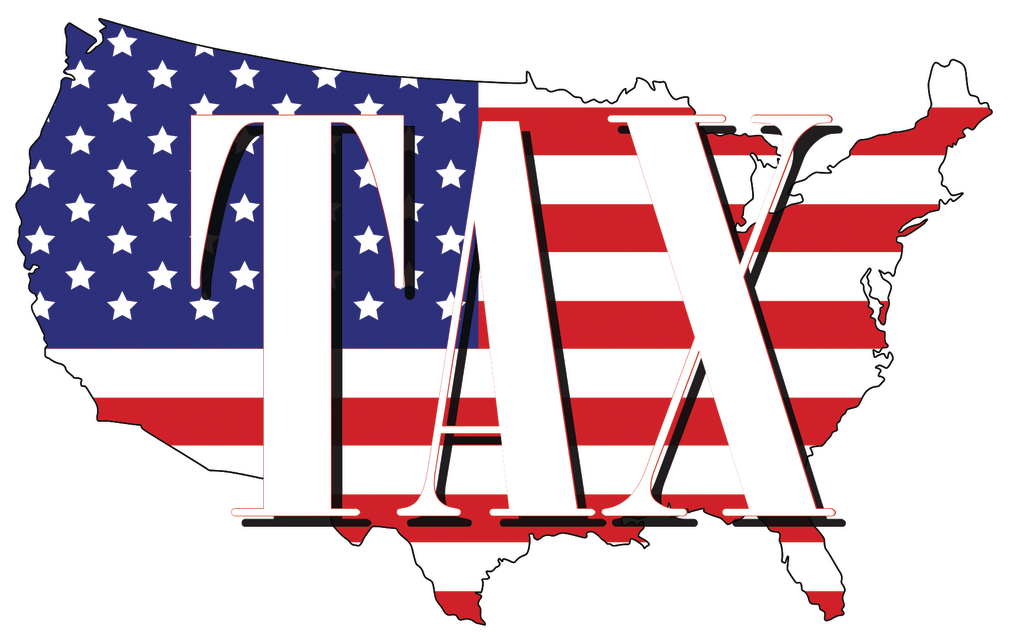Sales Tax
Navigating the Switch from Blended Rates to State-By-State Tax Provisioning
Recent regulatory changes in the Accounting Standards Codification (ASC) section 740-10, Accounting for Income Tax, have triggered disruption in the state tax provision area- especially around how organizations calculate deferred tax assets and liabilitie
May. 06, 2015

Many tax and accounting departments must balance a dizzying amount of complex and continuously changing tax rules across multiple states. In a natural effort to simplify their tax procedures, most companies adopted the blended rate method, which averages the tax rates of multiple states and is possible when there are no major differences between the tax laws of different jurisdictions. Until about 10 years ago, nearly all corporations used the blended rate.
However recent regulatory changes in the Accounting Standards Codification (ASC) section 740-10, Accounting for Income Tax, have triggered disruption in the state tax provision area- especially around how organizations calculate deferred tax assets and liabilities. According to ASC 740-10-55-25, deferred taxes must be determined separately for each entity and for each taxing jurisdiction. Further, ASC 740-10-45-6 stipulates that “an entity cannot offset deferred tax liabilities and assets attributable to different tax-paying components of the entity or to different tax jurisdictions.”
Further complicating this problem is the fact that states have also moved away from the federal tax calculation and compete with each other for revenue sources, making the likelihood of no major differences between state tax laws less and less frequent. Although the use of blended rates is more convenient, their use following these regulatory changes puts the tax provision at risk of being materially in accurate.
As auditor scrutiny intensifies around the use of blended rates and the stakes of noncompliance rise, more corporate tax and accounting professionals are moving towards a more exact state-by-state approach. However, this switch is not without its own set of challenges.
Many organizations are struggling to figure out how to manage the exponentially larger volume of information needed to perform state-by-state calculations. Each state has their own tax rate, method of apportionment and NOL carryover, adds, subtracts, apportionment, and allocation. Keeping on top of each jurisdiction’s regulations (and their subsequent updates) is a cumbersome, year-round burden for corporate tax departments.
Here are three tips for a painless transition from a blended rate method to a more exact separate entity, state-by-state tax provision approach:
- Rethink the flow of information. Organizations should start by reevaluating their tax department’s processes, all the way down to where they source data for calculating deferred assets and liabilities. In many respects, the tax provision is the true start of the compliance process, informing a number of decisions that come later in the year. Business leaders should ensure that the provision isn’t isolated to a few tax specialists working behind closed doors. Instead, structures should be put in place that allows relevant provision information to flow downstream to compliance teams, who can then document it accordingly for audits.
- Prioritize. When preparing the provision, corporate tax and accounting departments should consider materiality on an entity-by-entity and state-by-state basis. By focusing efforts on the states in which you have the largest tax burden or on entities that are the most profitable, organizations can systematically work through the provision rather than rush through everything simultaneously.
- Double down on data management. The multitude of unique rules and guidelines specific to each state makes moving from a blended rate method to the state-by-state method all but impossible without some degree of automation. While many organizations turn to Excel, tax and accounting professionals should exercise caution. Extracting data from the last filed tax return (which is frequently 4-6 quarters old) and entering it manually into home-grown state tax provision spreadsheets opens your organization up to potentially major problems. Such organizations leave themselves up to auditor criticism, risk of material misstatement in the tax provision, and the potential for interest and penalties for underpayment of estimated taxes on the current tax provision.
A smooth transition away from a blended rate method relies on having the necessary data tools and technology to support it. Investing in resources that simplify internal data management, automate certain steps in the tax provision, and centralize state-specific tax information will likely pay dividends. Tax and accounting teams should be involved in the selection of any new technology in order to guarantee end user buy-in and understanding.
While making the to switch to state-by-state tax provisioning presents organizations with a unique set of challenges, the risks of using a blended rate far outweigh the extra effort required to modernize tax and accounting operations. With some patience and extra effort organizations can rest assured their calculations on deferred tax assets and liabilities are accurate.
————————
Diane Tinney is Senior Product Manager at Bloomberg BNA, Software Products. With several decades of corporate tax experience, including multi-state taxation, Diane specializes in designing cost-effective corporate tax software solutions.
